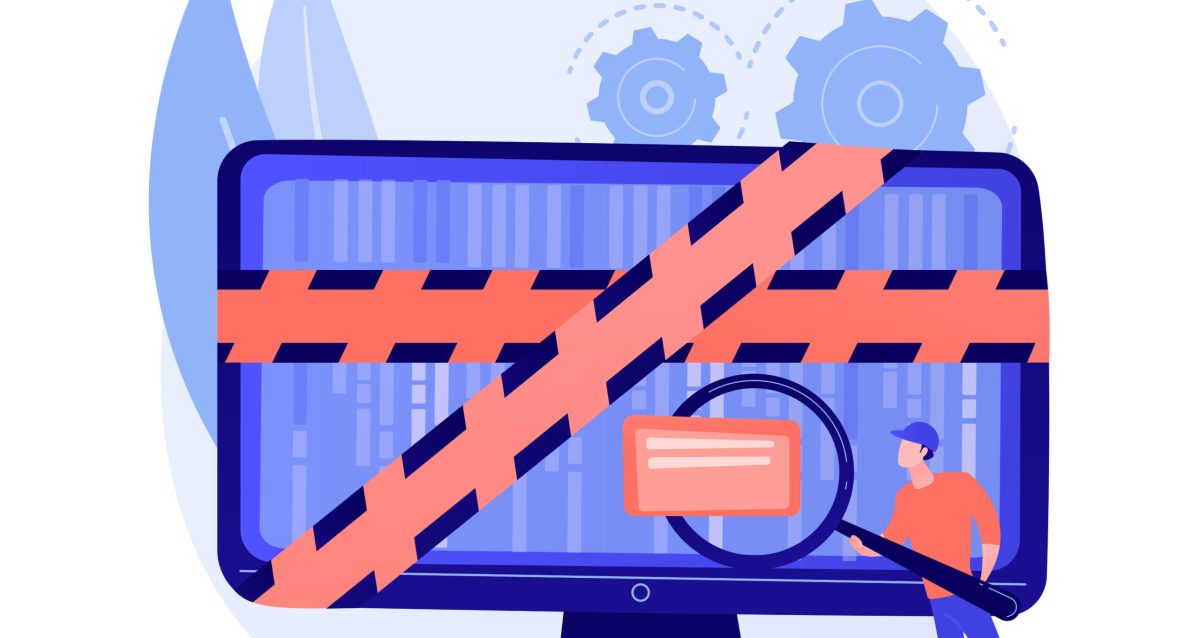Menu

Following the 7.2-magnitude earthquake that struck Taiwan’s east coast on April 3 at 7:58 a.m. Taiwan local time, the entire region was shaken, prompting immediate investigations into the extent of damage in various industries.
The DRAM chip industry, crucial to the technology sector and mainly concentrated in the northern and central parts of Taiwan, fortunately avoided significant damage. Similarly, the semiconductor industry, which spans the island’s northern, central, and southern regions, suffered minimal initial after-effects.
Although the strongest tremors were concentrated in the northern Linkou area, registering between 4 and 5 on the Richter scale, with magnitude 4 quakes in other regions, industrial plants surprisingly withstood the quake well. Companies have begun to close down in sequence to inspect facilities, but so far no significant damage to plants has been reported.
Micron, a major DRAM chip manufacturer with a significant presence in Taiwan, reacted quickly to the situation by suspending prices for its products. This decision was made to allow for an accurate assessment of post-disaster losses and to restart contract price negotiations for the second quarter of 2024. Surprisingly, industry giants such as Samsung and SK hynix have also followed Micron‘s lead, despite not having DRAM production facilities in Taiwan. This strategic move reflects a common desire to observe market trends before making final decisions.
Despite the temporary operational halts, the wide availability of chips has prevented significant price fluctuations. However, according to Asia-based market research firm TrendForce, there may be a slight temporary increase in DRAM prices, although the continuation of this trend is uncertain due to persistent weakness in demand.
Risk assessment agency KB Securities pointed out that memory chip suppliers could gain bargaining power over DRAM prices following the earthquake, raising questions about the risks and opportunities for electronic component buyers.
In the shadow of the Taiwanese earthquake, the semiconductor industry emerges as a beacon of resilience, illuminating the path toward a new awareness of global security and stability. As the tremors subside and post-disaster analysis reveals minimal disruptions in DRAM and foundry production, a complex mosaic of consequences and opportunities emerges.
On the one hand, potential repercussions are felt in the memory chip market, with Micron and Nanya temporarily suspending operations, driving up DRAM prices in the April-June quarter. The domino effect becomes tangible: bargaining power shifts to chip suppliers as industry leaders such as Samsung Electronics and SK hynix closely watch market directions.
But it is not just about pricing and production. In an increasingly interconnected world, supply chain security becomes a top priority. That’s where Electronic Partner comes in, offering not only electronic components but also serving as a reliable compass to its customers in uncertain times. With over 20 years of experience in the industry, we are committed to providing our customers with the best solutions while maintaining high standards of quality and compliance.
However, our mission goes beyond simple business transactions. In times of uncertainty such as these, we are committed to supplying our customers with valuable market intelligence, free of charge, helping our clients to make informed and responsible decisions. It is this vision of collaboration and support that sets us apart, making us a reliable partner in a sea of uncertainty.
The earthquake that struck Taiwan highlighted the complex relationship between natural disasters, the semiconductor industry, peace, and global security. This event not only disrupted semiconductor production in Taiwan, but also raised concerns about the durability and security of the global technology supply chain.
But the earthquake is not just a production and supply story. As geopolitical tensions escalate, it becomes imperative to seek solutions to protect the security and prosperity of all, economically, socially and beyond.
If you are interested in optimizing your electronic component purchases and would like a personalized consultation, contact us today.
Newsletter archives:
Blog article archives:
Search news articles: